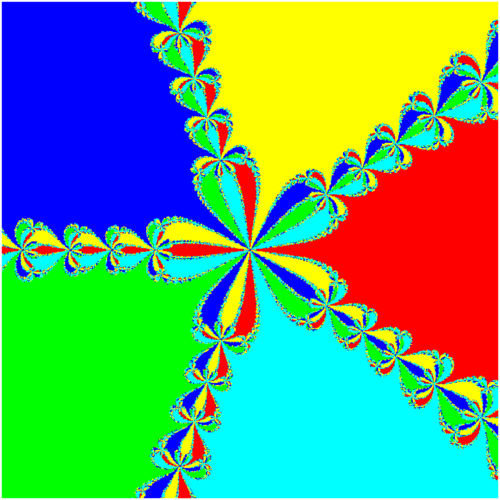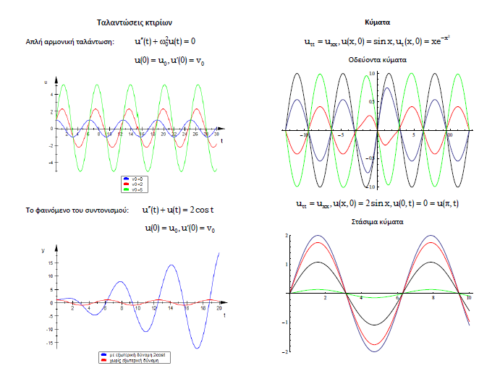- Outdoor and indoor ambient conditions (climatic parameters, microclimates around buildings, climatic change and relevant implications to building enclosure design, indoors).
- Heat transfer (basic principles: conduction, radiation, convection), heat storage in building elements, calculation of thermal transmittance (U-value) for transparent and opaque parts, thermal bridges in buildings (theory and calculation, principles of thermal imaging and use of thermal camera).
- Moisture transfer (moisture transfer mechanisms to the inside of buildings and moisture storage in building elements, introduction to psychrometrics, water vapour condensation on the internal surfaces of building components, evaluation of deterioration mechanisms due to water vapour condensation on the surface of building components, water vapour condensation within building components, computational tools for: simulating the hygrothermal behaviour of building elements, calculating transient U-values of building elements and quantifying the deteriorating effects of moisture on them).
- Air transfer / ventilation of buildings [air pressure differentials, thermal buoyancy, air permeability of materials and elements, air flow through apertures, natural ventilation in buildings (computation and design principles), airtightness].
- Health and indoor air quality in buildings.
BUILDING PHYSICS
| SEMESTER | 3rd |
|---|---|
| Details | https://www.civil.upatras.gr/index.php/odhgos/ |
| Instructor | TSOKA STELLA |
| LANGUAGE OF INSTRUCTION and EXAMINATIONS | Greek |
| Credits ECTS | 4 |
| Teaching Hours | 3 |
| Code | CIV_4711Α |
| Erasmus | No |
| The course covers applied scientific topics related to hygrothermal, acoustic and light-related properties of structural elements (ceilings, façades, windows, etc.), structural cells (rooms), buildings and building complexes. In order to gain a fundamental understanding of the afore-mentioned properties, the course provides information on phenomena of heat, air and humidity transfer: (i) of materials, building elements and building assemblies; and (ii) between buildings and the external (outside of the building) environment. The syllabus of the course offers an outline of basic performance targets which are determined based on the requirements of the users for thermal, acoustic and visual comfort as well as on indoors hygienic environmental conditions, while at the same time they are limited by the requirements arising from architectural, technical (e.g. related to available construction materials), economic and environmental factors. Emphasis is given on the application of basic principles (e.g. using software to solve specific problems – theory as a tool and not as an end).
At the end of this course the student will have developed the ability to: 1. determine the external and internal environmental conditions of a building and their effects on the design of its shell; 2. calculate the transient thermal conductivity coefficients (U-values) of transparent and opaque structural elements; 3. identify thermal bridges in buildings and calculate the heat losses associated with them; 4. produce and interpret thermographic imaging using a thermal camera; 5. simulate the hygrothermal behaviour and determine the dynamic coefficients of thermal permeability of structural elements and to evaluate the deterioration mechanisms on structural elements due to moisture; 6. determine the quality characteristics of the indoor environment in buildings; 7. determine the degree of achievement of targets values for acoustic and visual comfort in buildings. |





